Home>Technology>Security & Surveillance>How To Change Code On Push Button Door Lock
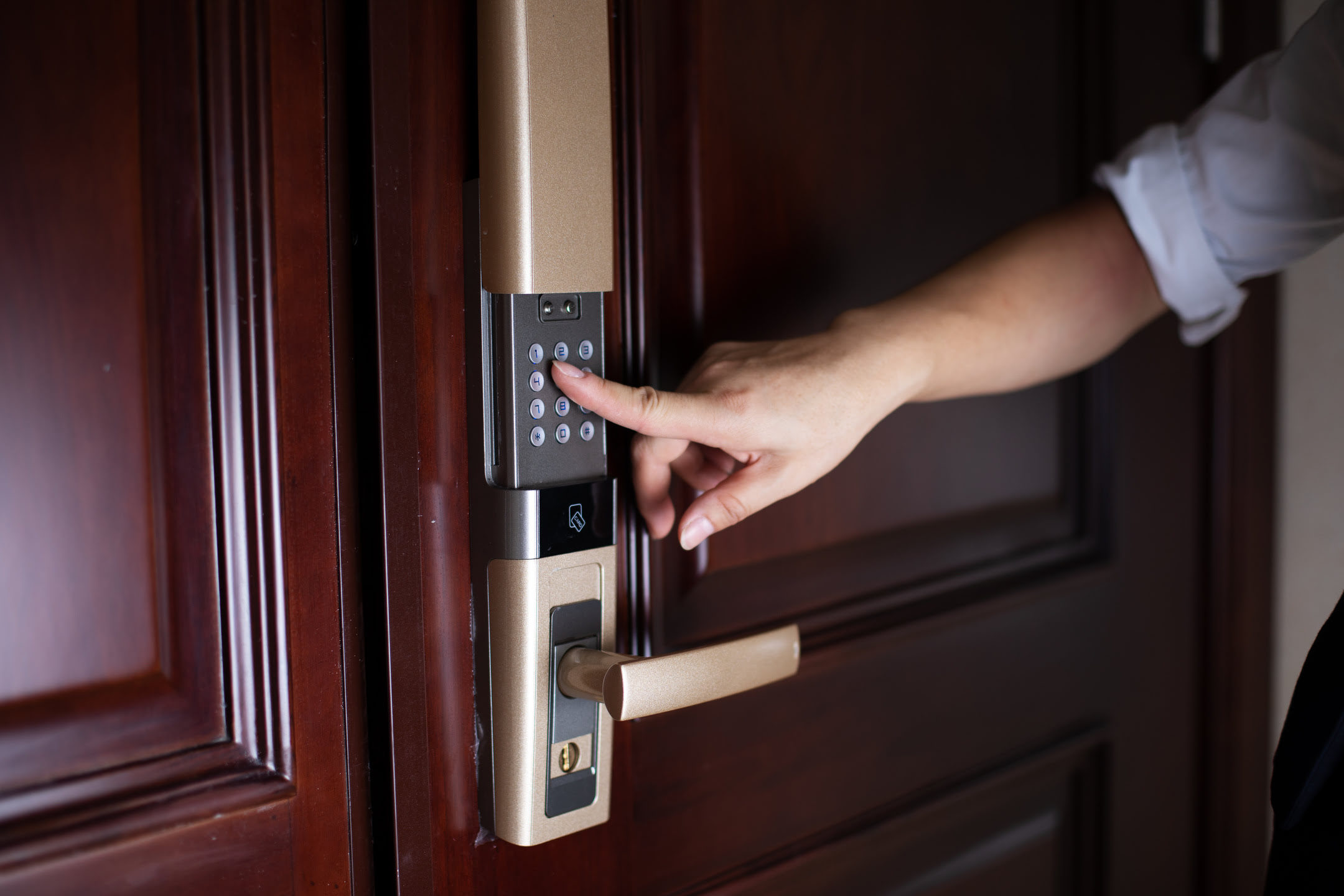

Security & Surveillance
How To Change Code On Push Button Door Lock
Modified: May 6, 2024
Learn how to change the code on your push button door lock for enhanced security and surveillance. Follow our step-by-step guide for effective results.
(Many of the links in this article redirect to a specific reviewed product. Your purchase of these products through affiliate links helps to generate commission for Storables.com, at no extra cost. Learn more)
Introduction
Welcome to the world of push button door locks, where convenience meets security. Changing the code on a push button door lock is an essential skill for anyone seeking to maintain the safety and accessibility of their living or working space. Whether you’ve recently moved into a new home or office, or simply want to update your security measures, knowing how to change the code on your push button door lock is paramount.
In this comprehensive guide, we will delve into the intricacies of push button door locks, explore the necessary tools and materials, and provide a step-by-step walkthrough on how to change the code on these innovative security devices. By the end of this article, you will be equipped with the knowledge and confidence to modify the access code on your push button door lock, ensuring that your property remains safeguarded without compromising on convenience.
Key Takeaways:
- Changing the code on a push button door lock is like giving it a new secret password, making sure only the right people can get in. It’s important for keeping your home or office safe.
- Remember to pick a new code that’s easy for you to remember but hard for others to guess. Regularly updating the code and taking care of the lock’s batteries will keep your security strong.
Read more: How To Change Code On A Door Lock
Understanding the Push Button Door Lock
Push button door locks, also known as mechanical or electronic combination locks, have gained popularity due to their ease of use and high level of security. Unlike traditional key-based locks, push button door locks eliminate the need for physical keys, thereby reducing the risk of lock picking and unauthorized key duplication.
These locks typically feature a keypad with numerical buttons, allowing users to input a personalized code to gain entry. The code can be changed periodically to enhance security and restrict access to authorized individuals. Additionally, some advanced models may incorporate biometric features or wireless connectivity for remote access control.
Push button door locks are designed to withstand forced entry attempts and are often constructed with durable materials such as hardened steel or reinforced alloys. They are also weather-resistant, making them suitable for both indoor and outdoor applications. Moreover, the absence of keys eliminates the possibility of getting locked out due to misplaced or forgotten keys, providing a convenient and reliable means of access.
Understanding the functionality and components of a push button door lock is essential before attempting to change the access code. Familiarizing yourself with the inner workings of the lock, including the keypad, locking mechanism, and battery compartment, will facilitate a smooth code modification process. Additionally, being aware of the specific model and manufacturer instructions for your push button door lock will ensure that you can make the necessary adjustments accurately and effectively.
Tools and Materials Needed
Before embarking on the journey of changing the code on your push button door lock, it’s important to gather the essential tools and materials to facilitate a seamless process. While the specific requirements may vary based on the manufacturer and model of your lock, the following are commonly needed items:
- Owner’s Manual: The manufacturer’s instructions and guidelines for your push button door lock are indispensable. Ensure that you have the owner’s manual readily available for reference throughout the code modification process.
- Programming Code: Some push button door locks require a programming code to initiate the code change process. This code is typically provided in the owner’s manual or may have been set by the user during the initial setup of the lock.
- Power Source: Depending on the type of lock, you may need batteries or access to a power outlet to ensure that the lock remains operational during and after the code change.
- Keypad Cover Removal Tool: Certain push button door locks come with a specialized tool for removing the keypad cover, allowing access to the internal components for code modification.
- Replacement Batteries: If your lock is battery-powered, it’s advisable to have replacement batteries on hand to avoid any interruptions in the functionality of the lock.
- Clean Cloth: A clean, lint-free cloth can be useful for wiping the keypad and internal components during the code change process.
While the tools and materials listed above are commonly required for changing the code on push button door locks, it’s crucial to consult the specific instructions provided by the lock’s manufacturer to ensure that you have all the necessary items at your disposal. Additionally, maintaining a clear and organized workspace will contribute to a smooth and efficient code modification experience.
Steps to Change Code on Push Button Door Lock
Changing the access code on your push button door lock involves a series of systematic steps to ensure that the new code is successfully programmed and operational. While the exact procedure may vary based on the make and model of your lock, the following general steps provide a comprehensive overview of the code modification process:
- Refer to the Owner’s Manual: Begin by consulting the owner’s manual for your push button door lock. Familiarize yourself with the specific instructions and guidelines provided by the manufacturer for changing the access code. Locate the section that pertains to code modification and follow the recommended steps.
- Enter Programming Mode: If your lock requires a programming code to initiate the code change process, enter this code using the numerical keypad. This code is typically a predefined sequence that allows access to the programming mode of the lock.
- Remove Keypad Cover: Use the designated keypad cover removal tool, if provided, to carefully detach the keypad cover from the lock. This will expose the internal components and the programming interface.
- Input Current Code: Enter the current access code using the keypad. This is the code that is currently programmed into the lock and grants entry to the authorized users.
- Initiate Code Change: Follow the specific instructions outlined in the owner’s manual to initiate the code change process. This may involve pressing a sequence of buttons or navigating through the programming menu using the keypad.
- Enter New Code: Input the new access code that you wish to set for the lock. Ensure that the code is memorable yet secure, and avoid using easily guessable combinations such as sequential numbers or repetitive digits.
- Confirm New Code: Some locks require a confirmation step to ensure accuracy. Re-enter the new code to confirm and finalize the programming process.
- Replace Keypad Cover: Once the new code has been successfully programmed, securely reattach the keypad cover to the lock. Ensure that the cover is properly aligned and seated to maintain the integrity of the lock’s weather resistance.
It’s important to note that the above steps provide a general outline for changing the code on push button door locks. For specific details and nuances related to your lock’s model, always defer to the instructions provided by the manufacturer. Additionally, exercising caution and precision during each step will contribute to a successful code modification process, enhancing the security of your property.
When changing the code on a push button door lock, make sure to follow the manufacturer’s instructions carefully to avoid any potential security risks. Always test the new code multiple times to ensure it is working properly before relying on it for security.
Testing the New Code
Once you have successfully programmed the new access code on your push button door lock, it is crucial to conduct thorough testing to ensure that the code modification has been executed accurately and that the lock functions as intended. Testing the new code involves verifying its functionality and confirming that authorized individuals can gain entry using the updated access credentials. The following steps outline the process of testing the new code:
- Close the Door: Ensure that the door secured by the push button door lock is closed and properly latched before conducting the testing process. This will simulate real-world conditions and provide an accurate assessment of the lock’s performance.
- Enter New Code: Using the numerical keypad, input the new access code that was recently programmed into the lock. Take care to enter the code accurately and deliberately to avoid any input errors.
- Observe Lock Response: Upon entering the new code, observe the response of the lock. Look for visual or audible indicators that signify the acceptance of the code and the unlocking of the door. Some locks may emit a sound or display a light signal to indicate successful entry.
- Test Multiple Times: Repeat the process of entering the new code and testing the lock multiple times to ensure consistency and reliability. This will help identify any potential issues with the code programming or the lock’s responsiveness.
- Attempt Incorrect Code: Intentionally input an incorrect code to assess the lock’s response to unauthorized access attempts. Confirm that the lock remains secure and does not grant entry when an invalid code is entered.
- Verify User Access: Invite authorized individuals who are familiar with the previous access code to test the new code and confirm that they can successfully unlock the door using the updated credentials.
By meticulously testing the new code on your push button door lock, you can instill confidence in the reliability and effectiveness of the code modification process. Any discrepancies or irregularities observed during testing should be addressed promptly to ensure the continued security of the property. Additionally, documenting the successful testing of the new code and sharing the updated access credentials with authorized users will contribute to a seamless transition to the revised security parameters.
Read more: How To Lock A Door With A Push Bar
Additional Tips and Considerations
As you navigate the process of changing the access code on your push button door lock, it’s valuable to consider additional tips and factors that can optimize the security and functionality of the lock. These insights and considerations can enhance the overall user experience and contribute to the longevity of the lock’s performance. Here are some noteworthy tips and considerations to keep in mind:
- Secure Code Selection: When choosing a new access code for your push button door lock, prioritize security by selecting a code that is not easily guessable. Avoid using common combinations such as birthdates, sequential numbers, or repetitive digits. Opt for a memorable yet unique code that enhances the resilience of the lock against unauthorized access attempts.
- Regular Code Updates: Implement a routine schedule for updating the access code on your push button door lock. Periodic code changes bolster security and mitigate the risk of unauthorized individuals gaining prolonged access to the property. Consider setting calendar reminders to prompt regular code modifications.
- Documentation and Backup: Maintain a record of the new access code and store it in a secure location. Additionally, consider keeping a backup of the code in a separate, confidential repository to prevent the risk of code loss or forgetfulness. This proactive approach ensures that authorized individuals can access the code when needed.
- Battery Maintenance: If your push button door lock is battery-powered, adhere to a proactive battery maintenance regimen. Regularly inspect and replace the batteries as needed to prevent lockouts due to depleted power sources. Maintaining optimal battery levels is essential for the consistent operation of the lock.
- Manufacturer Support: Familiarize yourself with the customer support and warranty services offered by the lock’s manufacturer. In the event of technical issues or uncertainties related to code modification, having access to reliable manufacturer support can expedite resolutions and provide expert guidance.
- User Education: Educate authorized users about the updated access code and any pertinent changes to the lock’s operation. Clear communication and user training foster a cohesive understanding of the security protocols and promote responsible access management.
By integrating these additional tips and considerations into your approach to changing the access code on your push button door lock, you can fortify the security measures and optimize the user experience. Proactive planning, thoughtful code selection, and ongoing maintenance contribute to a robust security framework that aligns with the evolving needs of your property.
Conclusion
Congratulations on mastering the art of changing the access code on your push button door lock! By delving into the intricacies of push button door locks, understanding the essential tools and materials, and following the systematic steps for code modification, you have empowered yourself to enhance the security and accessibility of your living or working space.
As you reflect on this journey, it’s important to recognize the symbiotic relationship between convenience and security that push button door locks epitomize. The seamless entry facilitated by personalized access codes, coupled with the robust defense against unauthorized entry, exemplifies the evolution of modern security solutions.
Remember, the knowledge and skills you’ve acquired extend beyond the technical aspects of code modification. They embody a commitment to safeguarding your environment and fostering a sense of control over access management. By implementing the additional tips and considerations, you can elevate the efficacy of your push button door lock, ensuring that it remains a stalwart guardian of your property.
As you embark on this newfound capability, share your insights with others and advocate for proactive security practices. Encourage your peers to embrace the empowerment that comes with understanding and managing their security infrastructure. By fostering a community of informed and proactive individuals, you contribute to a collective ethos of safety and vigilance.
In closing, the journey to change the code on your push button door lock transcends the mere act of programming digits. It embodies a commitment to fortifying the boundaries of security, embracing technological innovation, and nurturing a culture of conscientious access management. As you move forward, may your newfound expertise serve as a beacon of protection and empowerment in your everyday endeavors.
Now that you've mastered changing codes on push button door locks, why not dive deeper into making your home smarter and more efficient? Our next guide on home automation systems offers an exciting look into gadgets that can transform everyday living. From regulating your heating to ensuring that all lights are energy-efficient, smart home devices streamline routines and boost security. Don't miss out on discovering the best choices for an automated household in our upcoming article!
Frequently Asked Questions about How To Change Code On Push Button Door Lock
Was this page helpful?
At Storables.com, we guarantee accurate and reliable information. Our content, validated by Expert Board Contributors, is crafted following stringent Editorial Policies. We're committed to providing you with well-researched, expert-backed insights for all your informational needs.
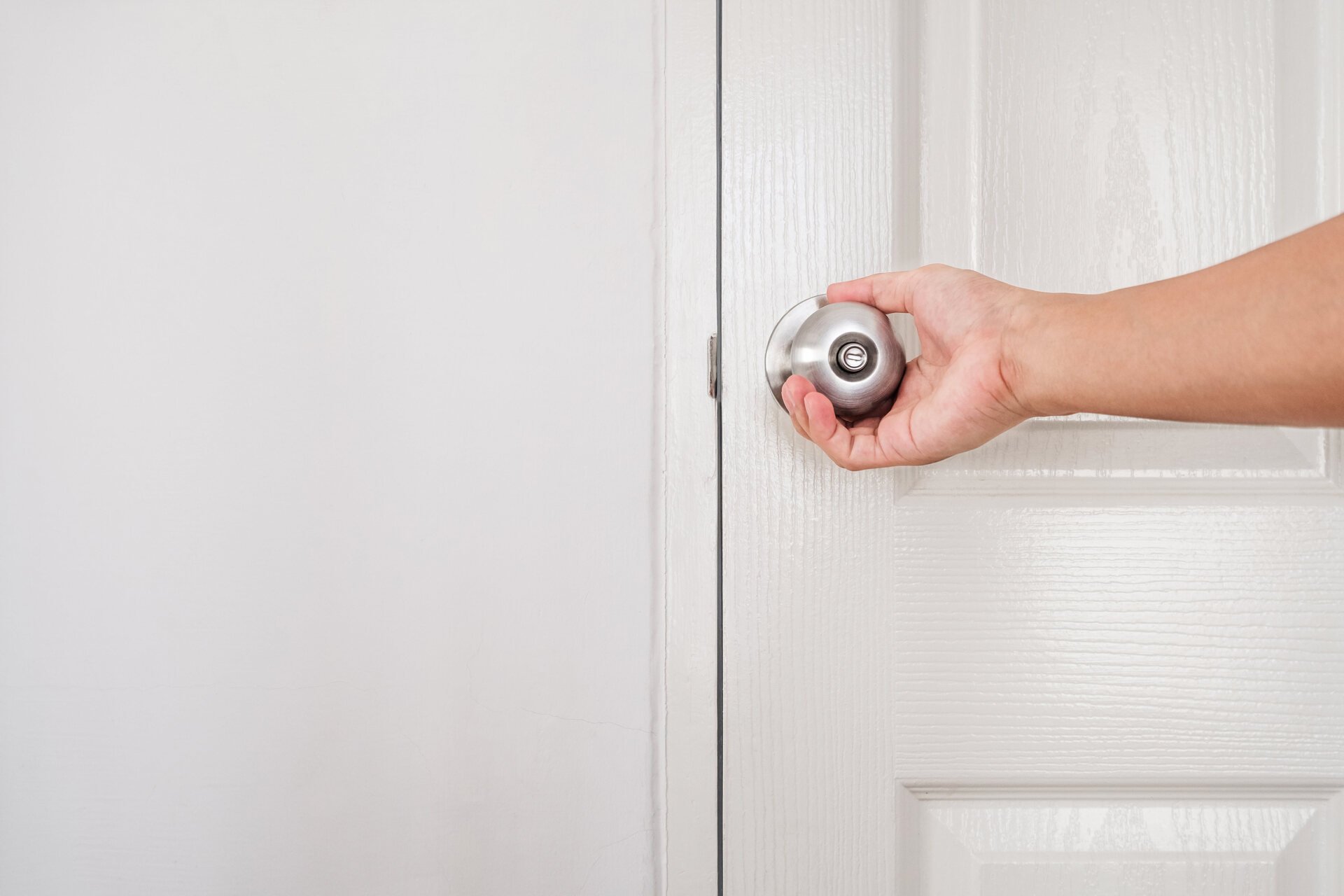
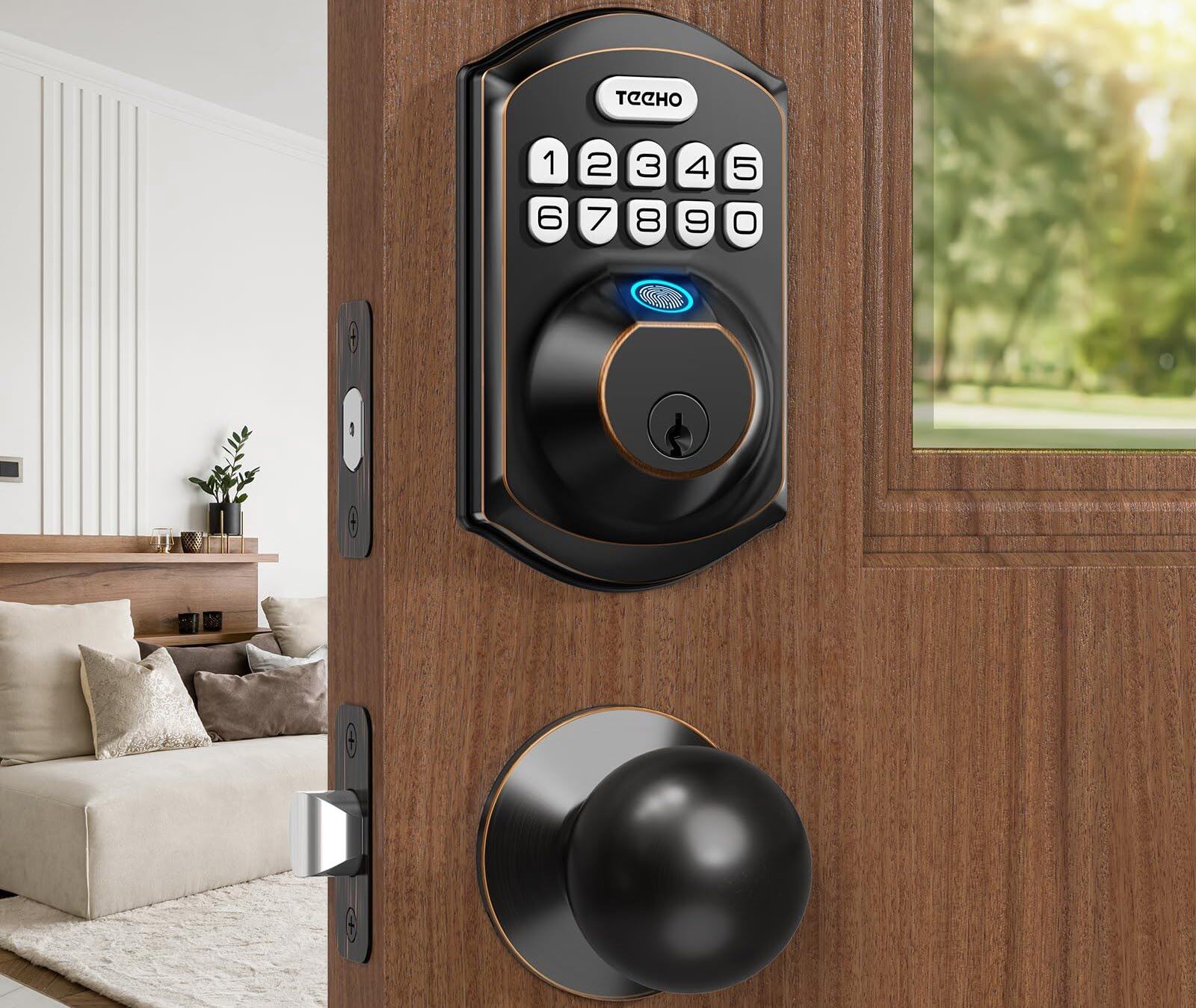
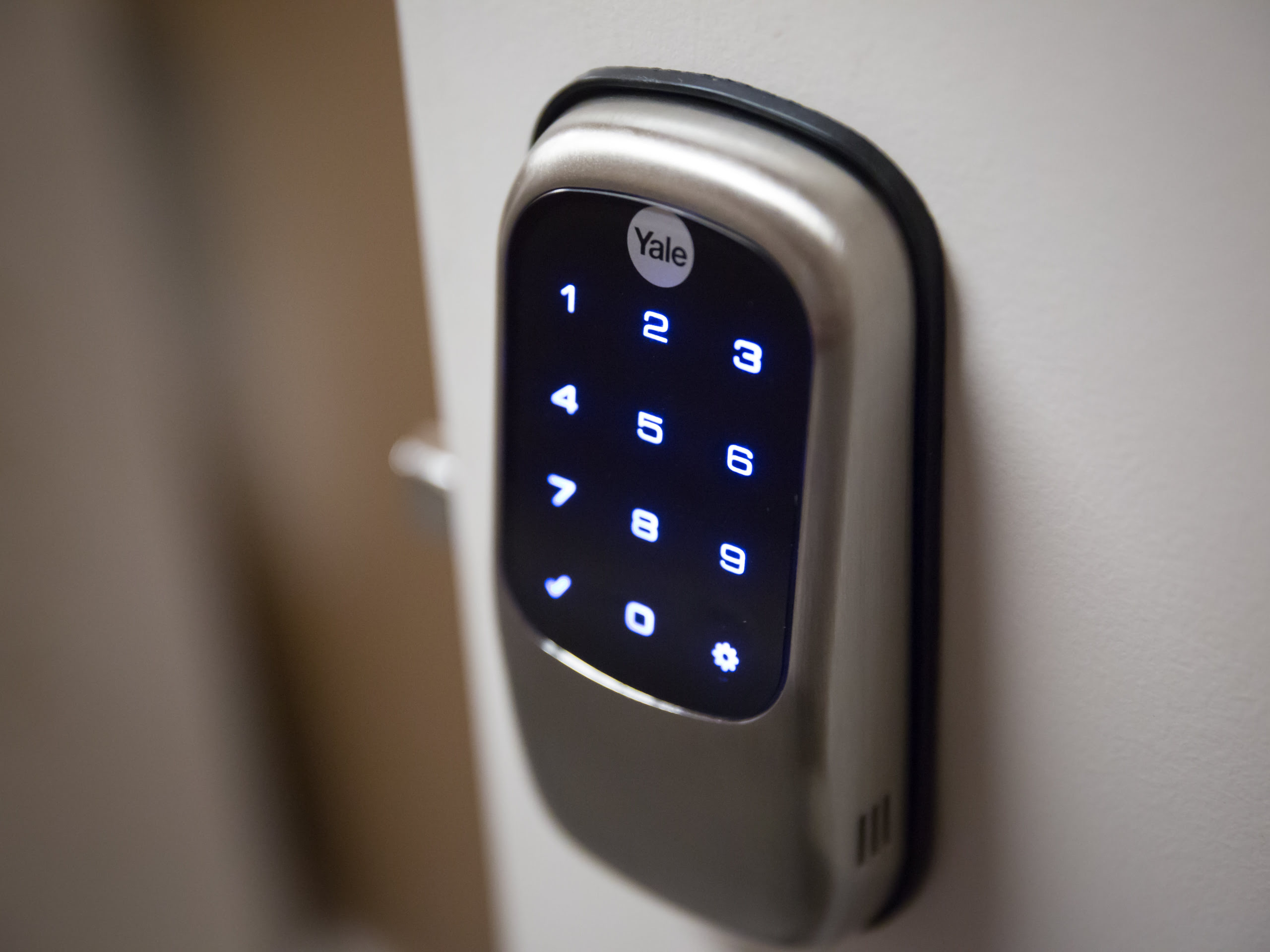
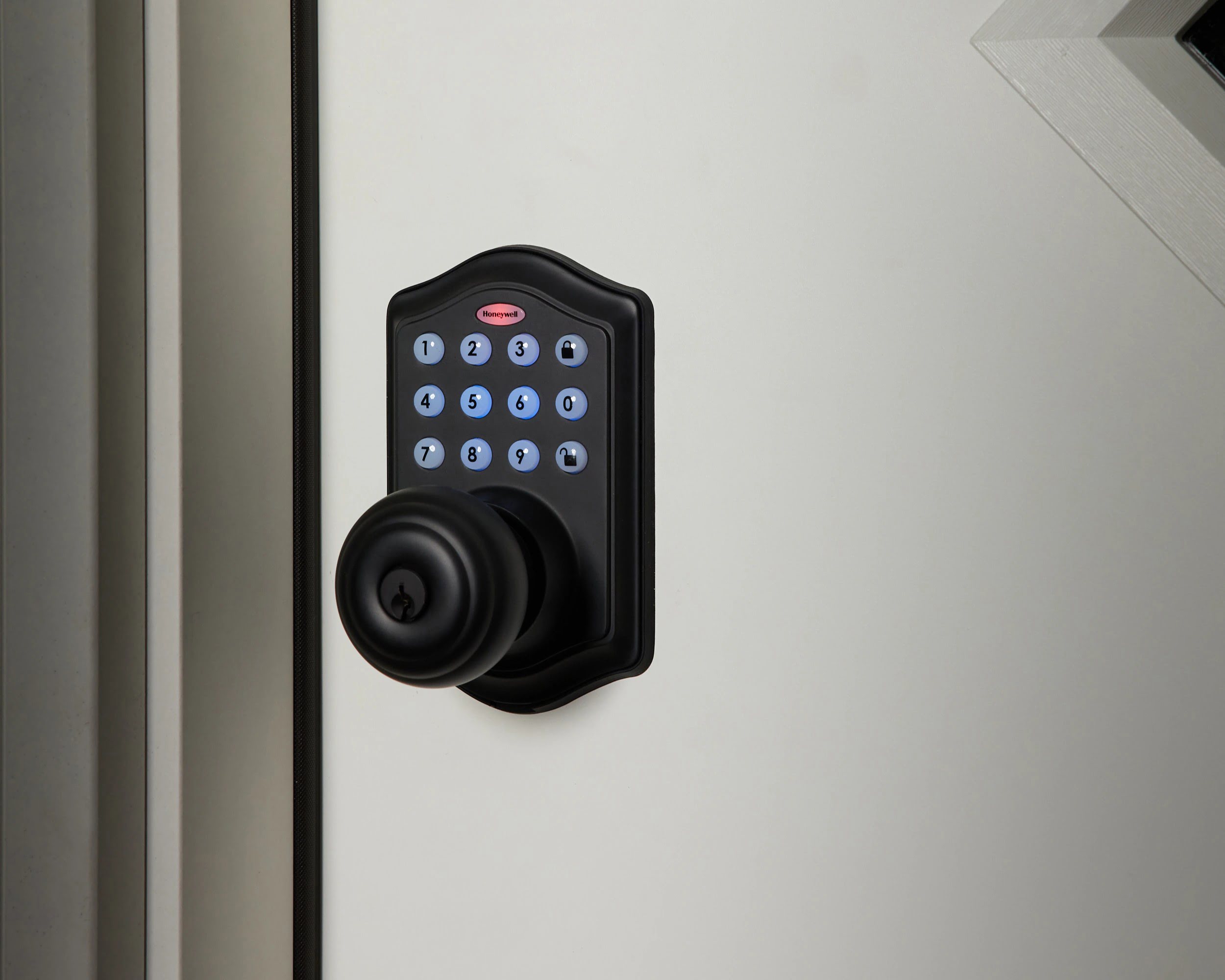
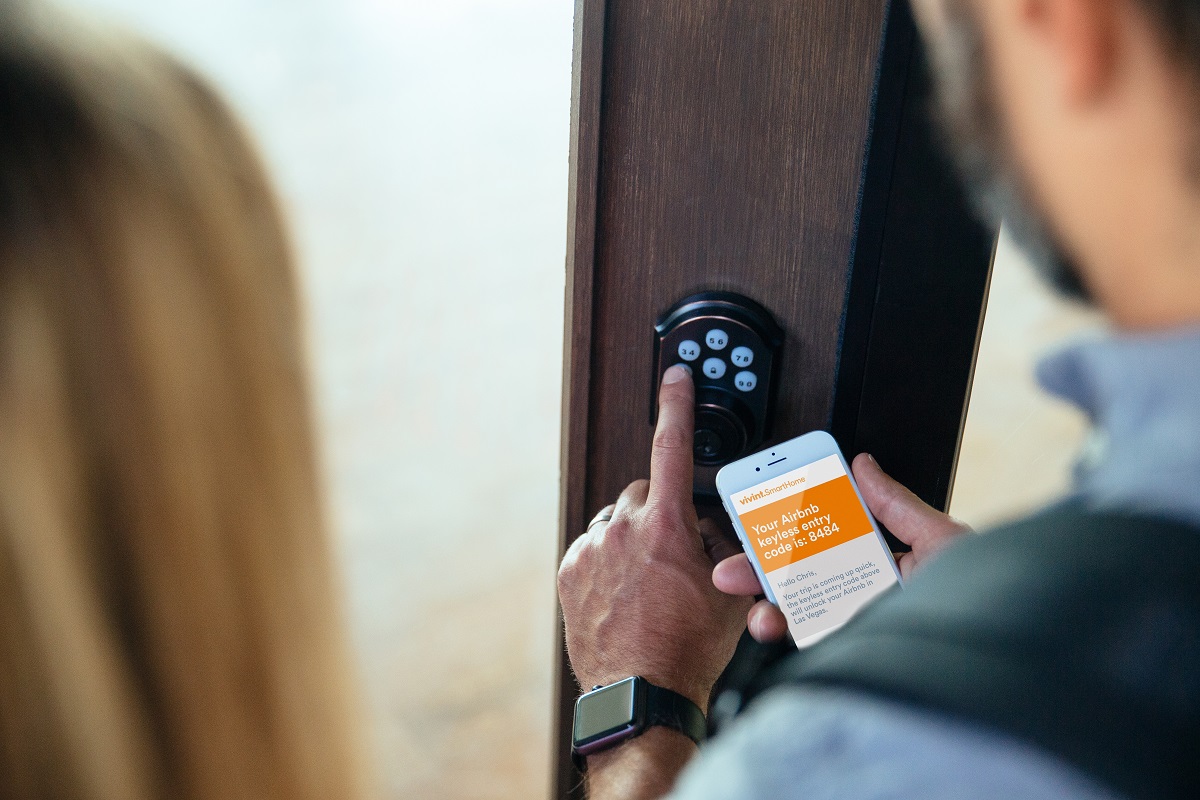
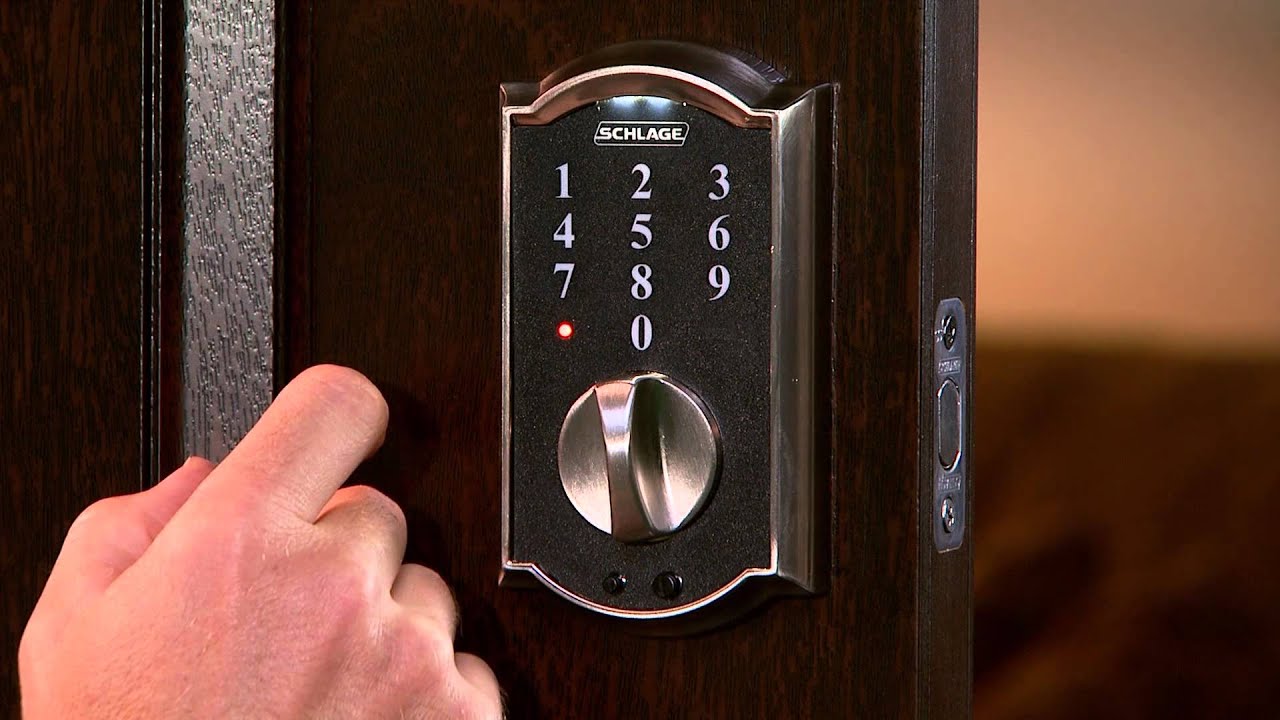
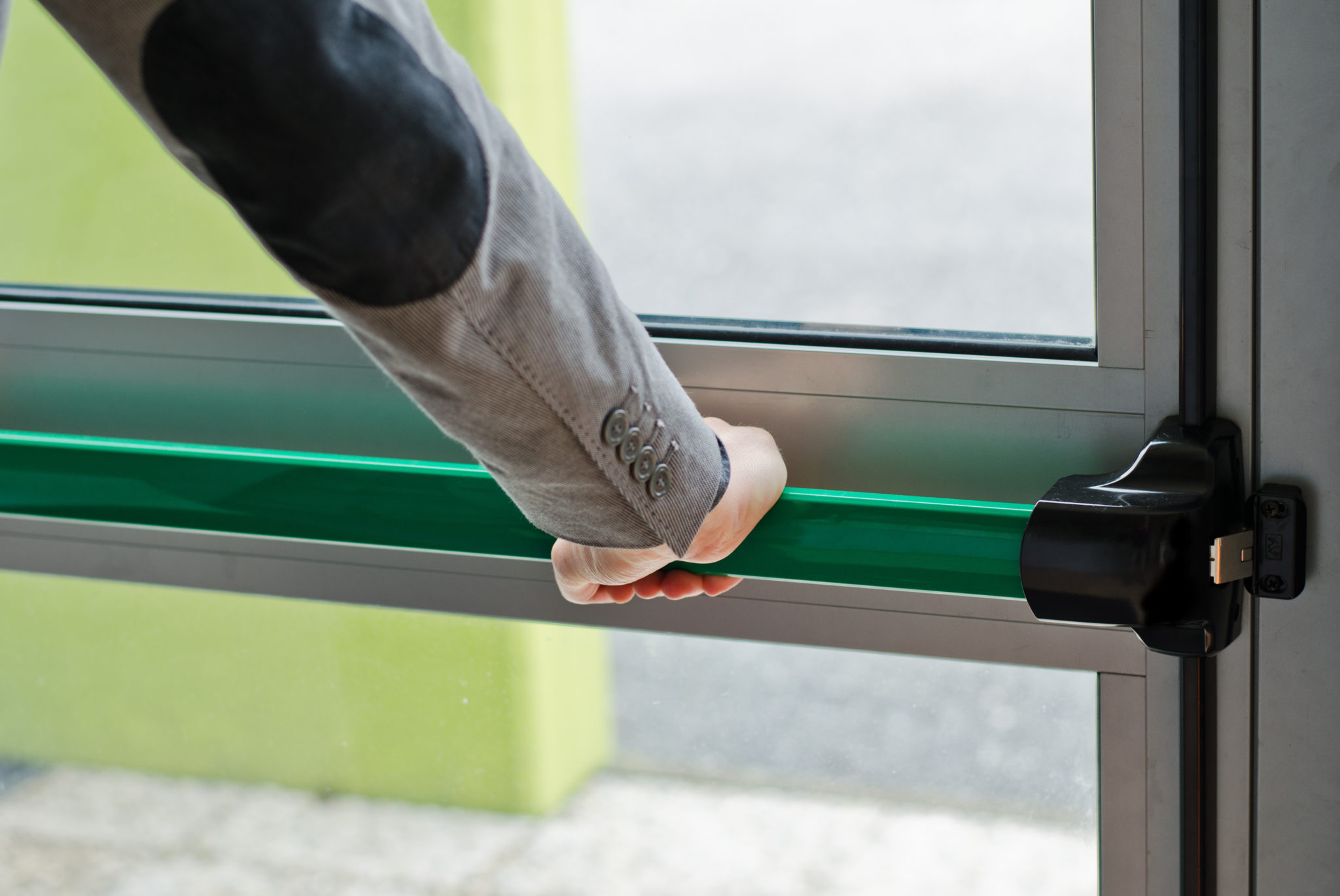
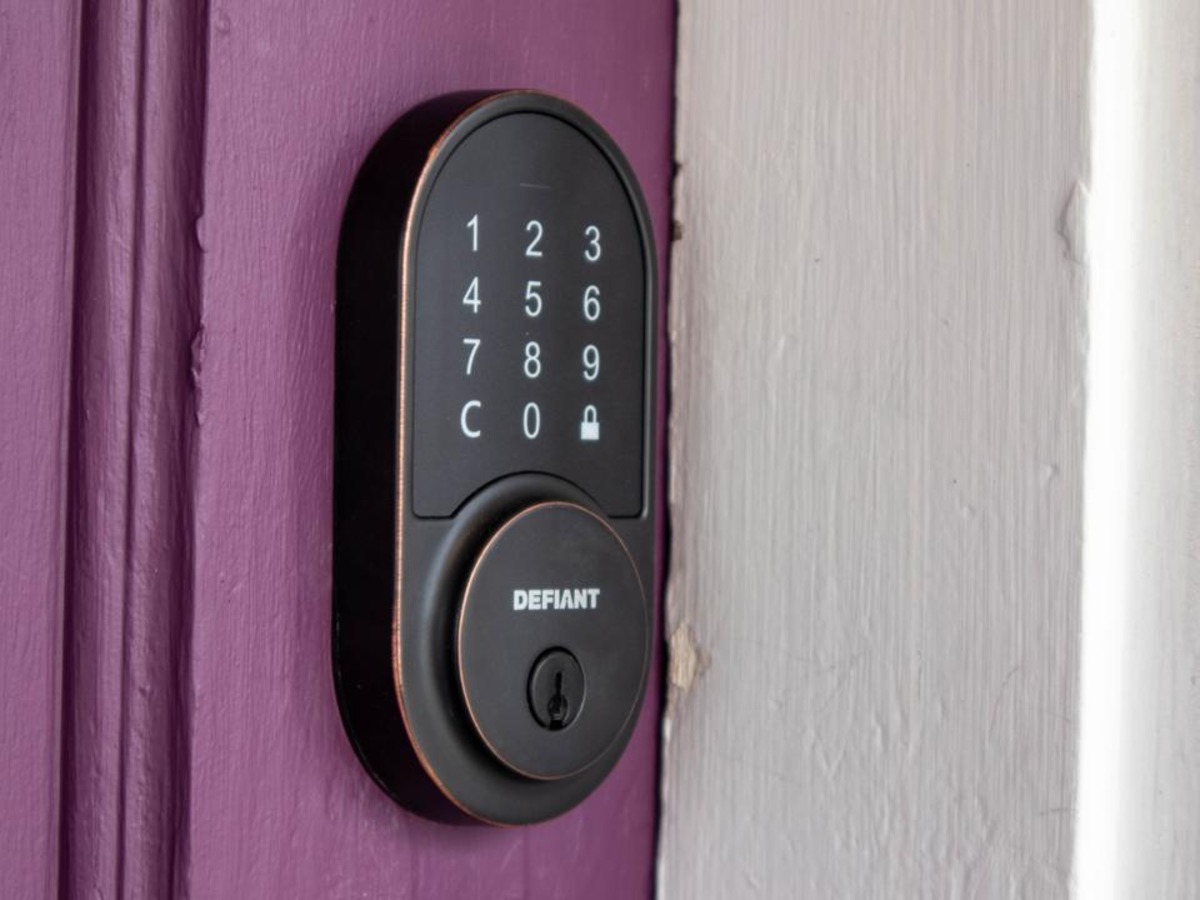
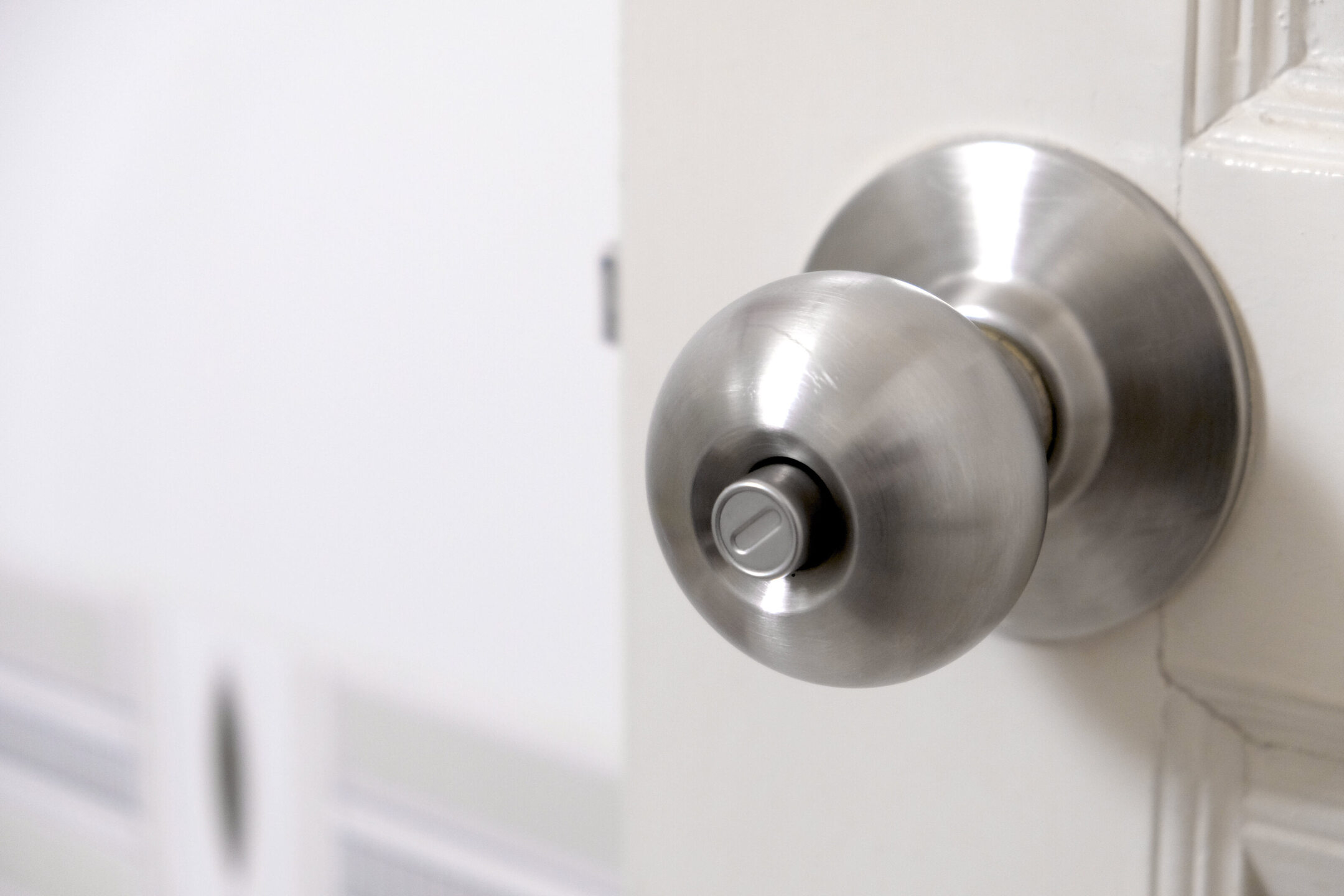
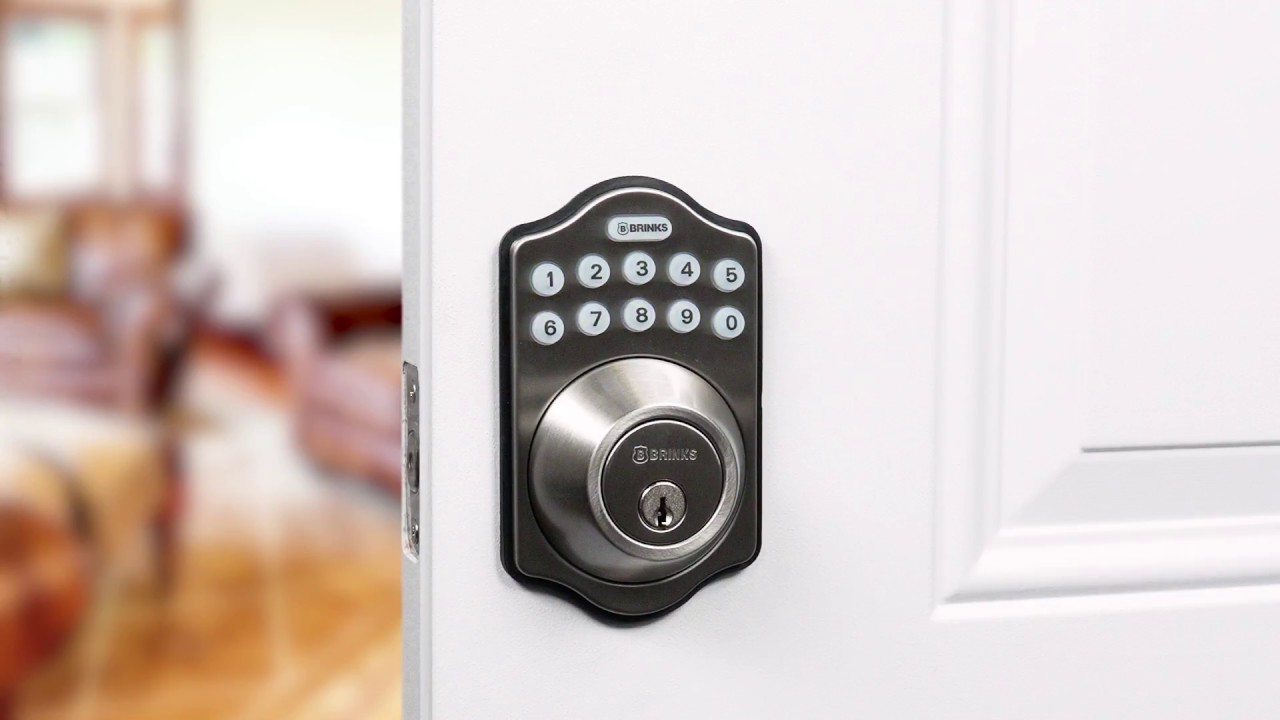
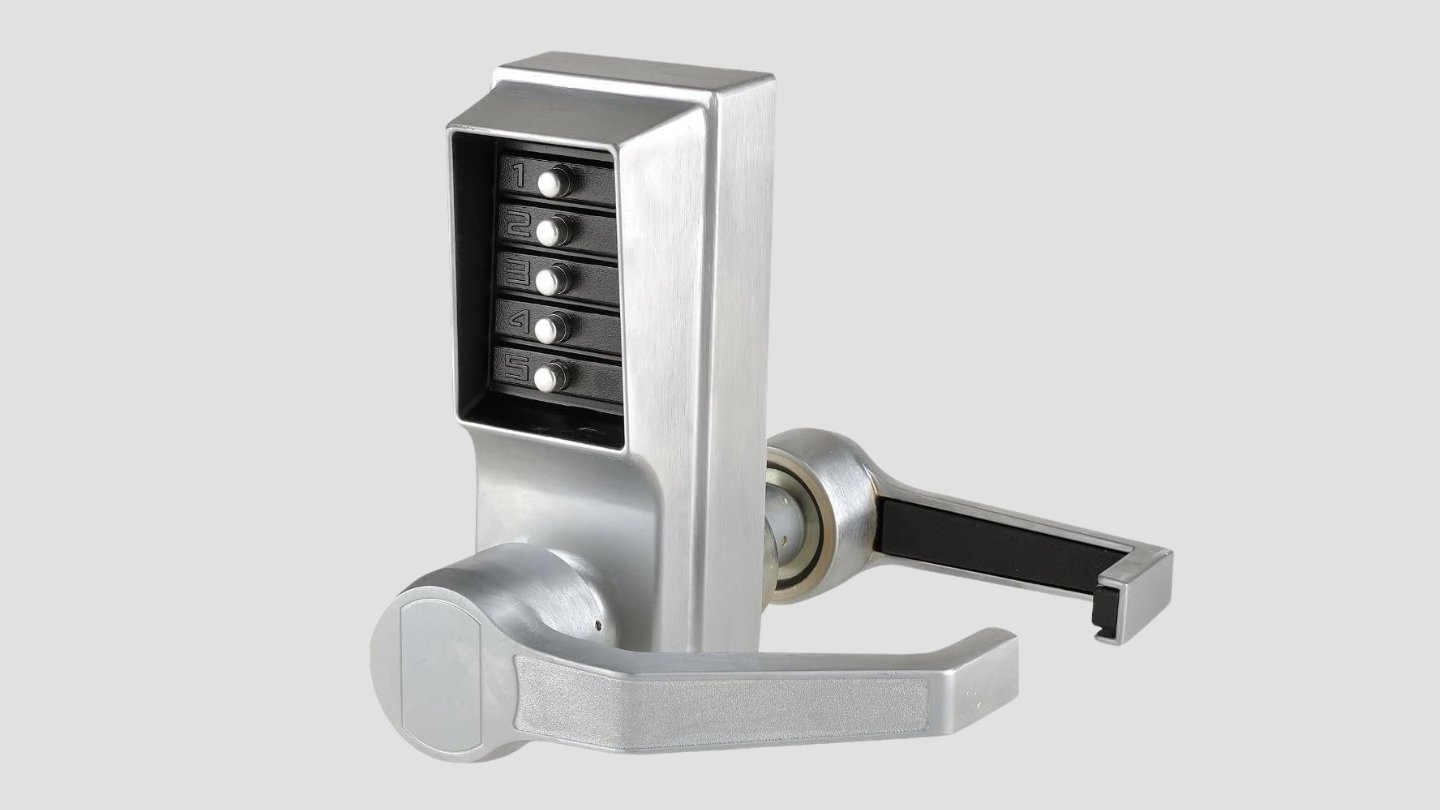
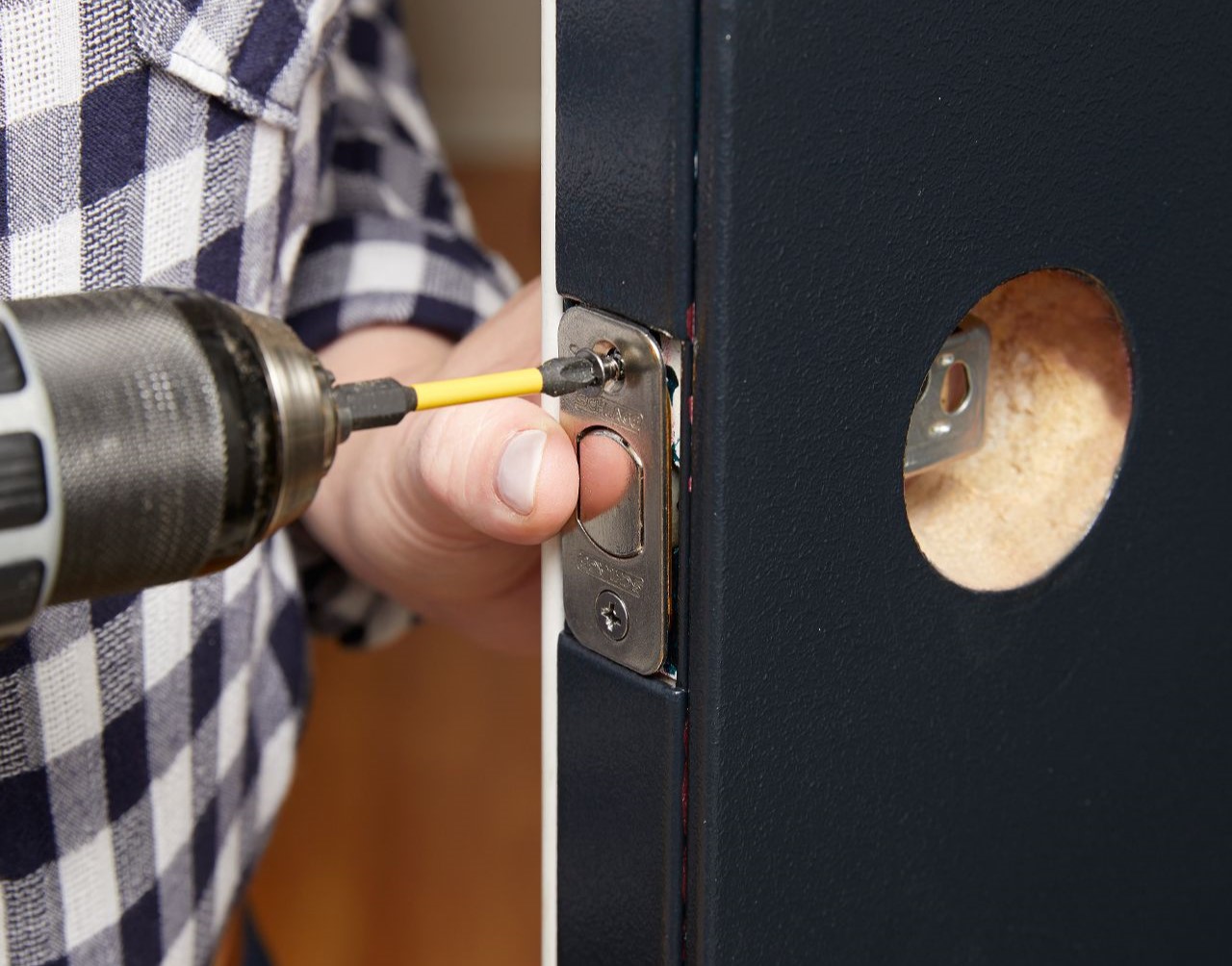
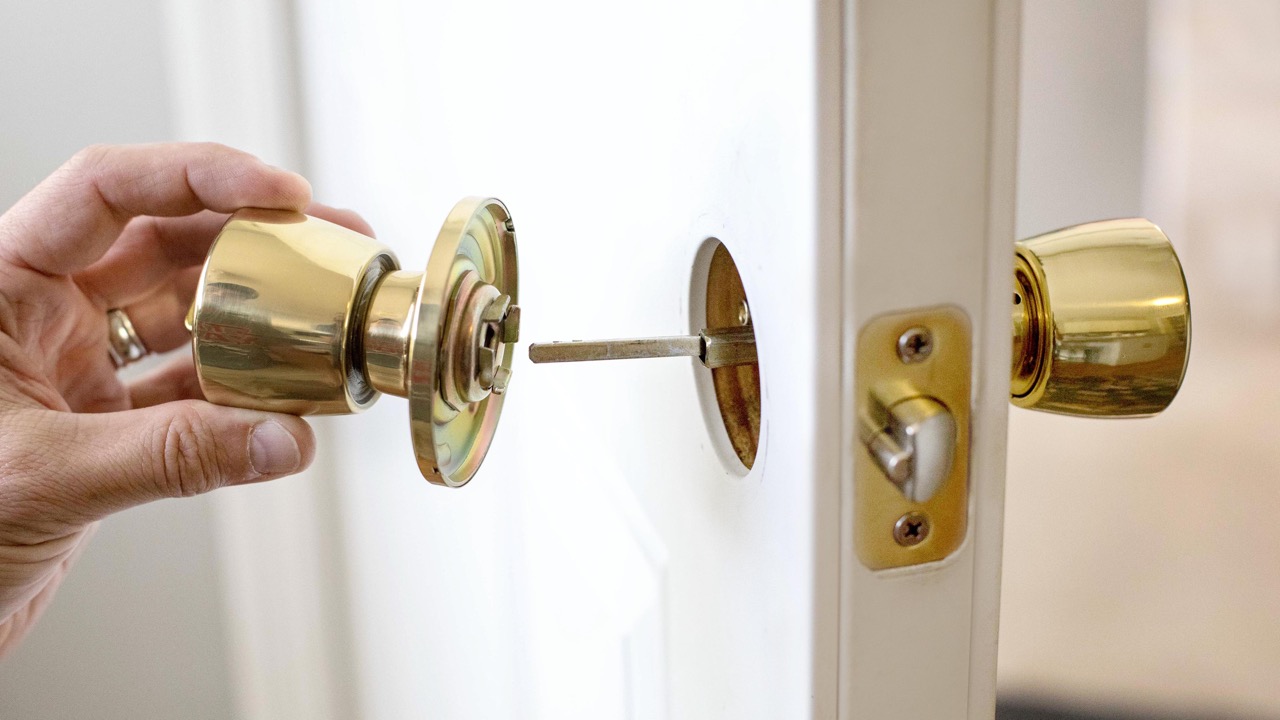
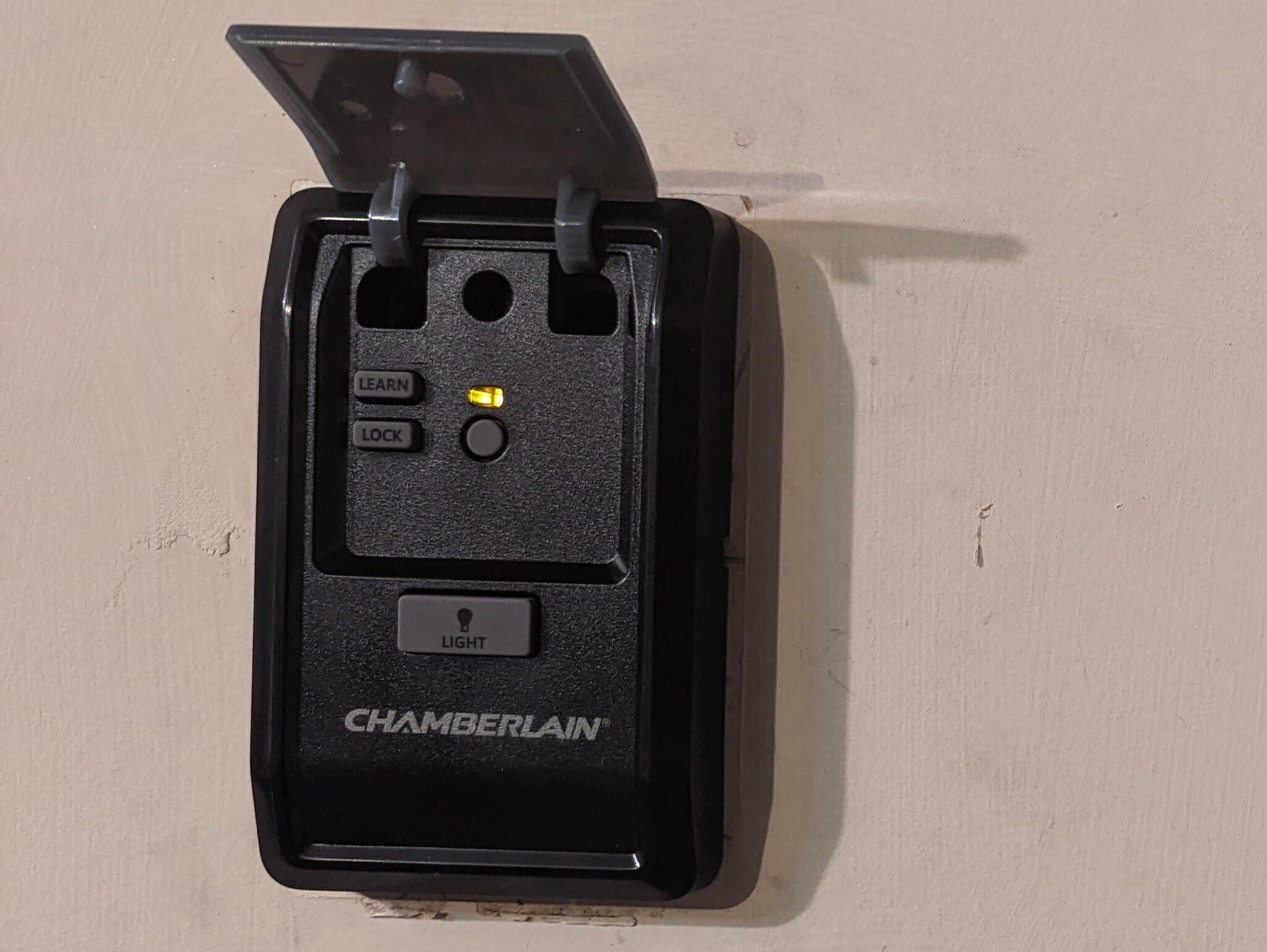

0 thoughts on “How To Change Code On Push Button Door Lock”